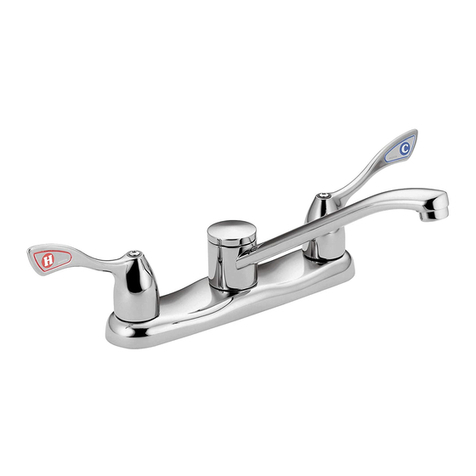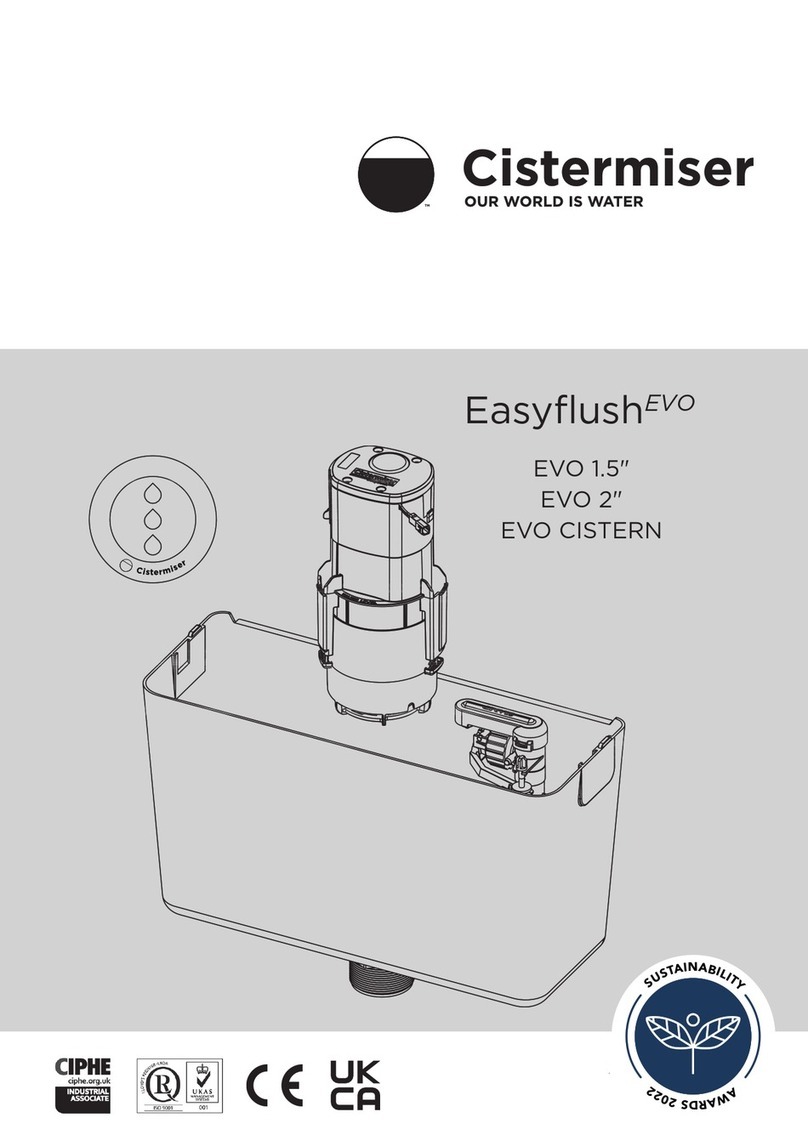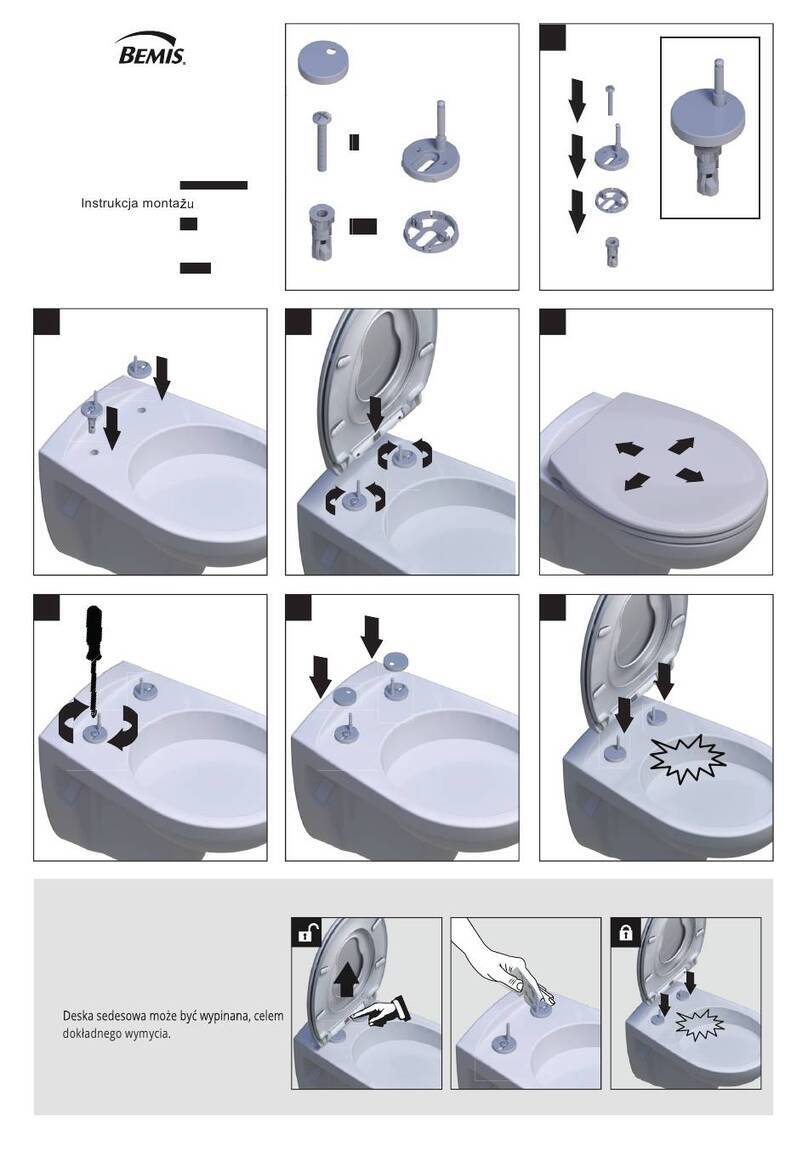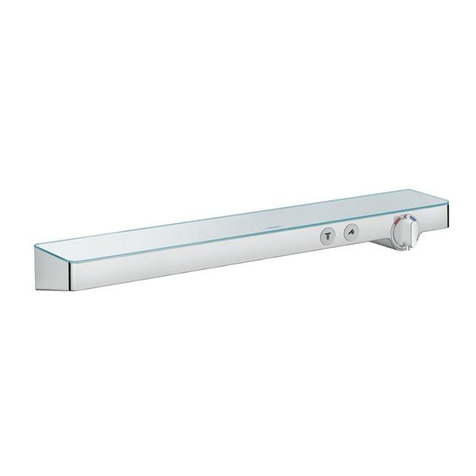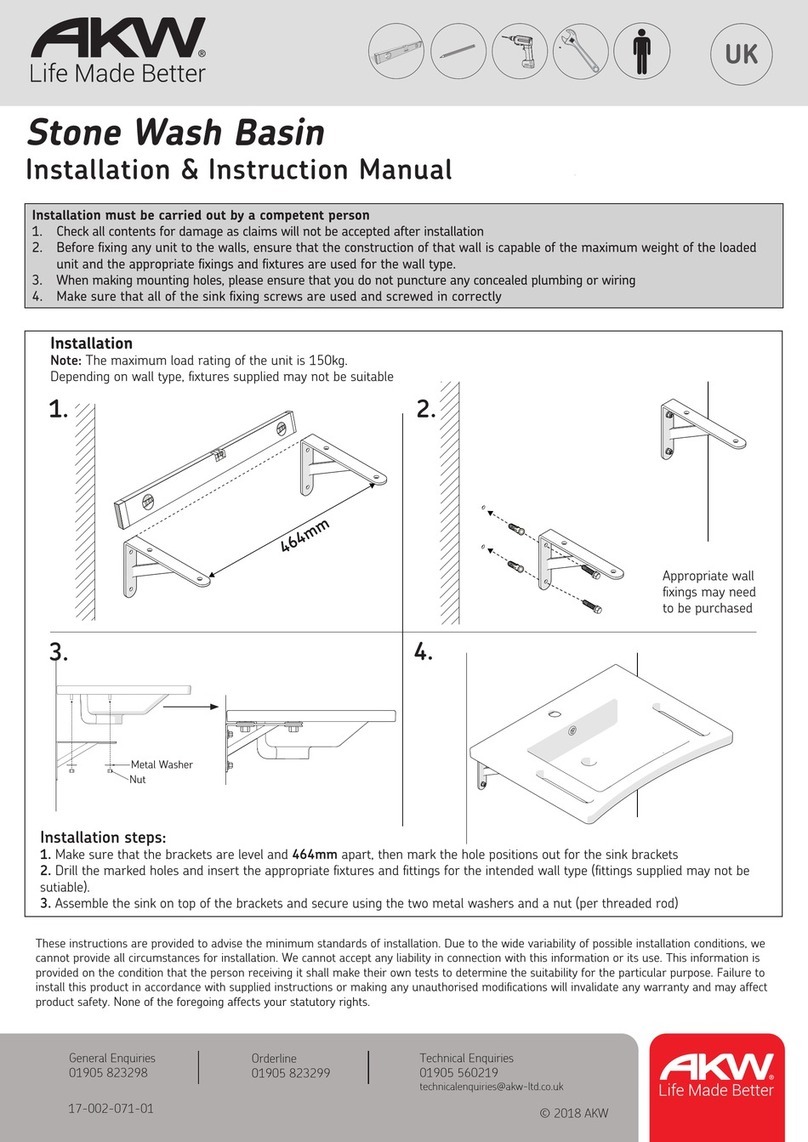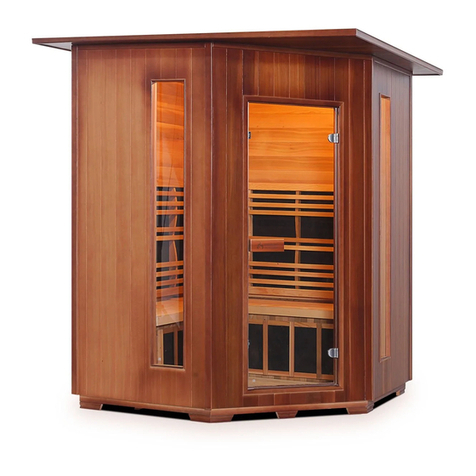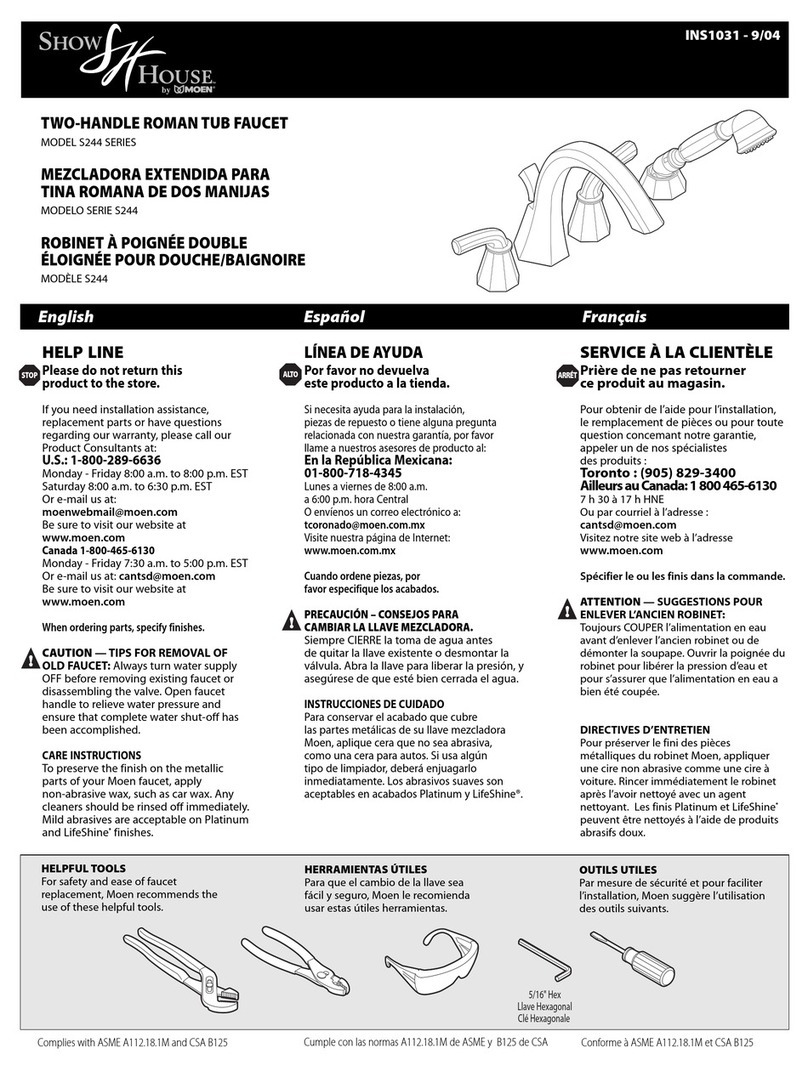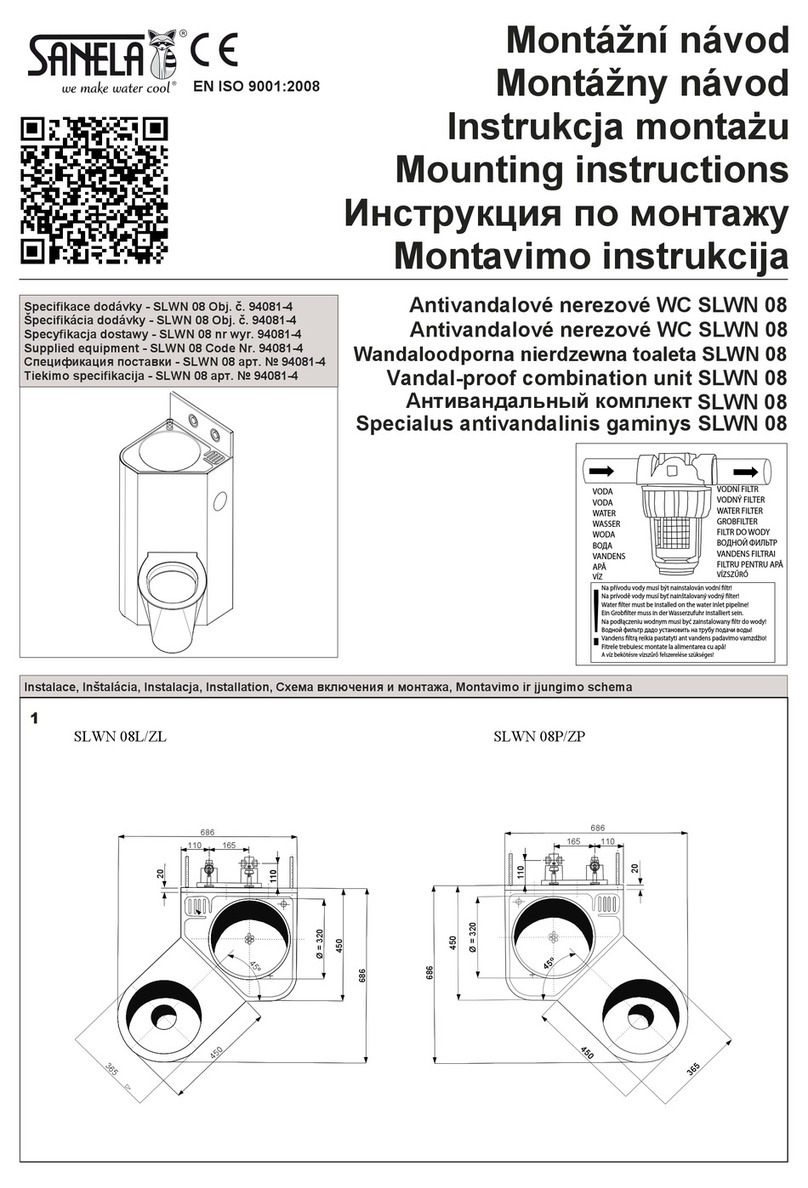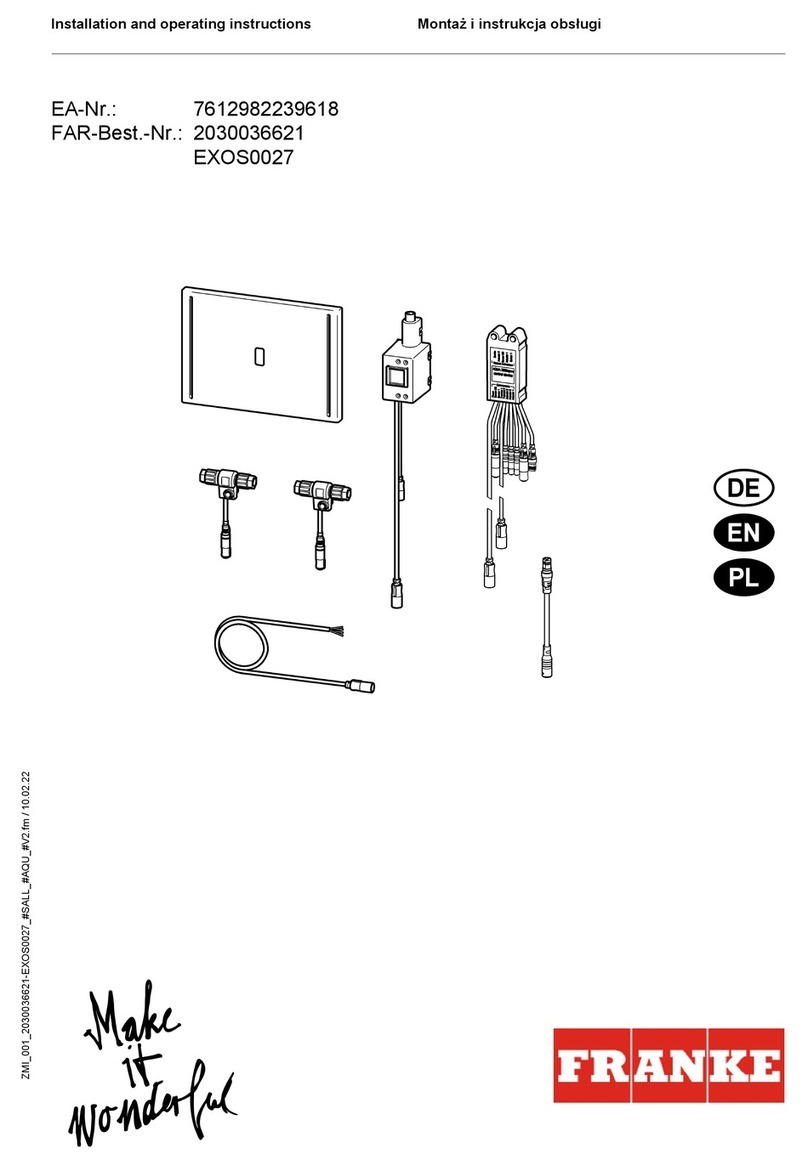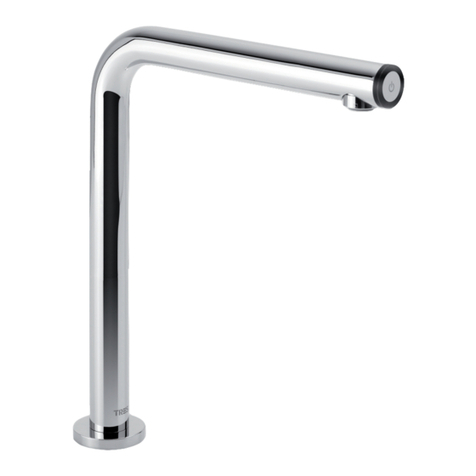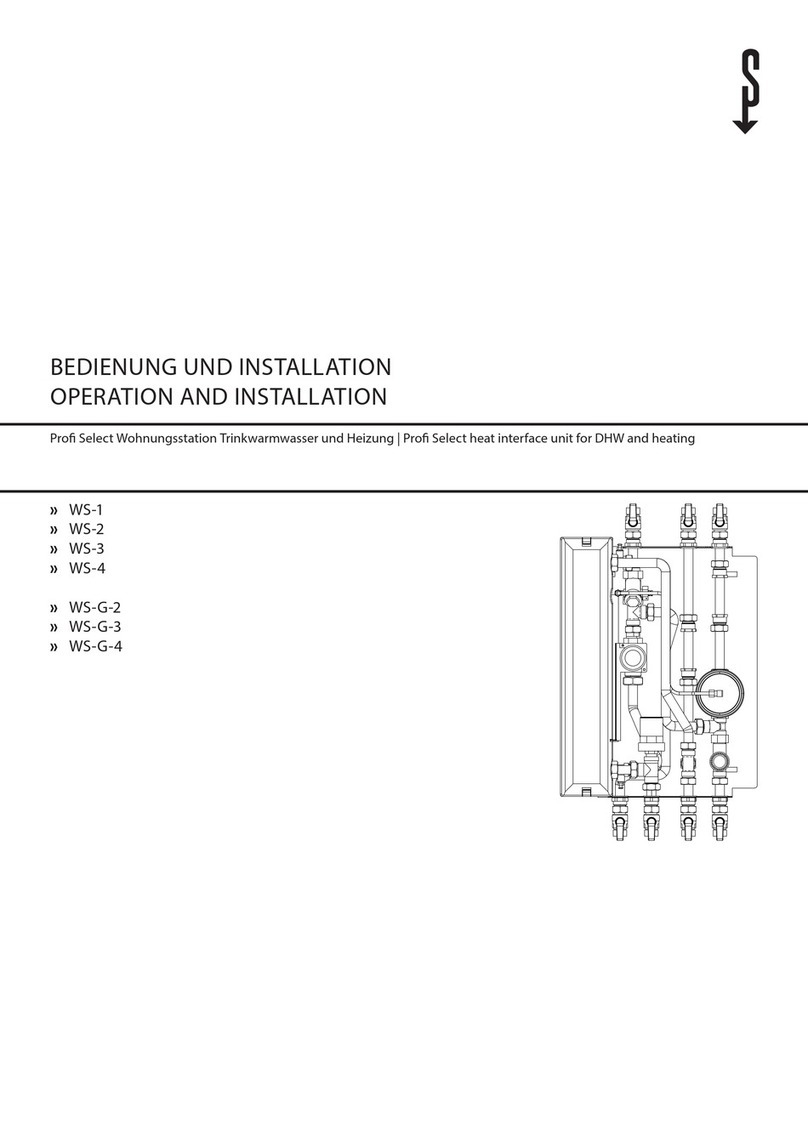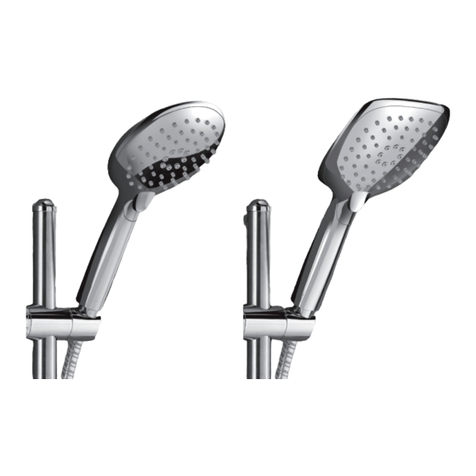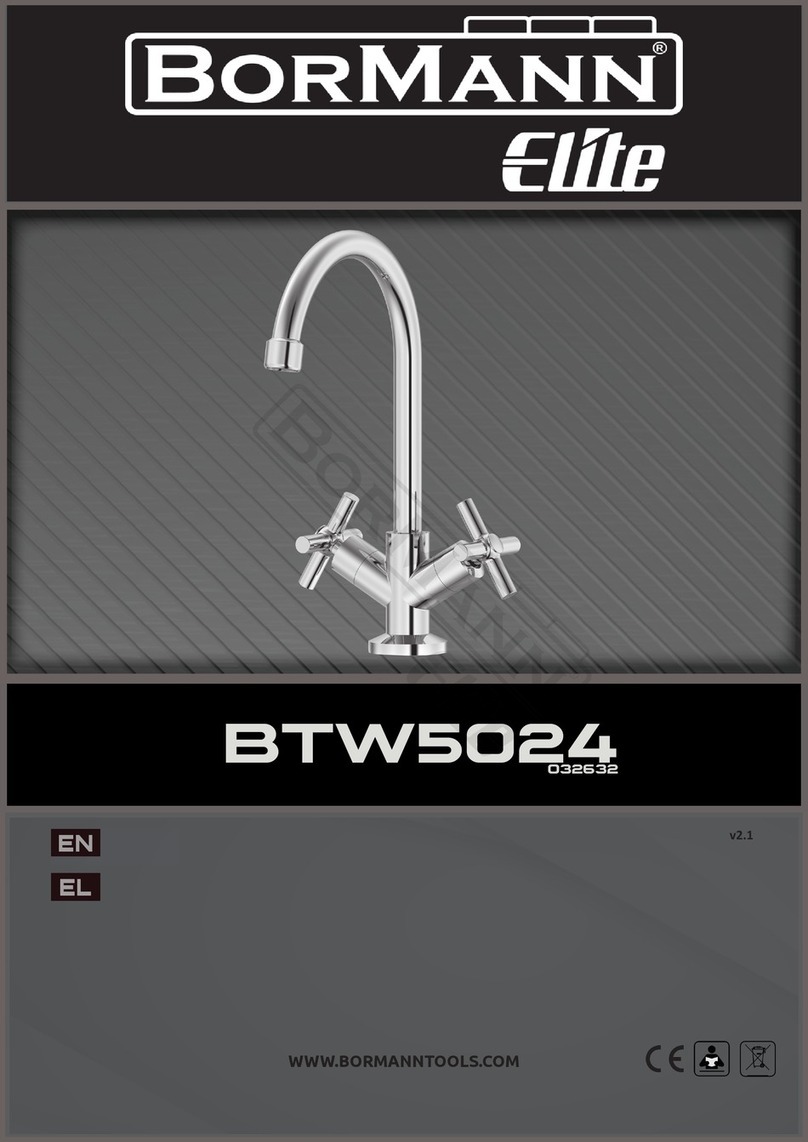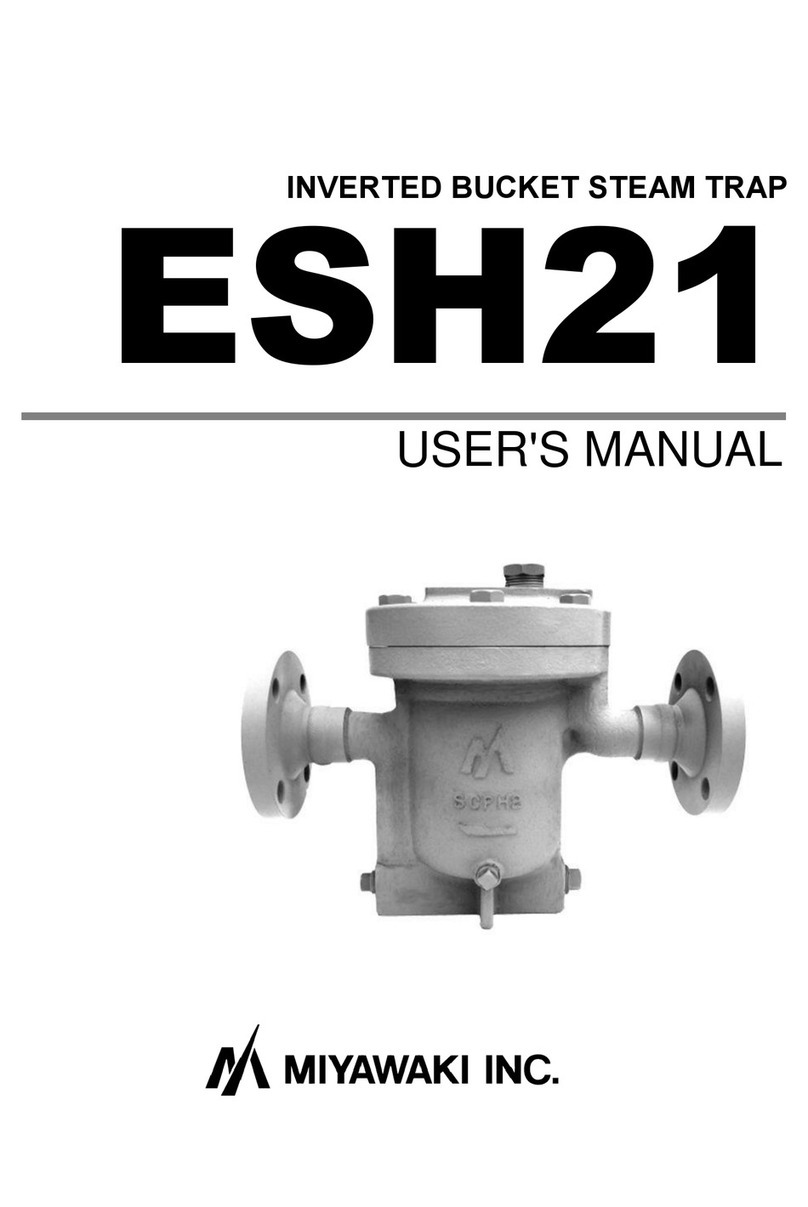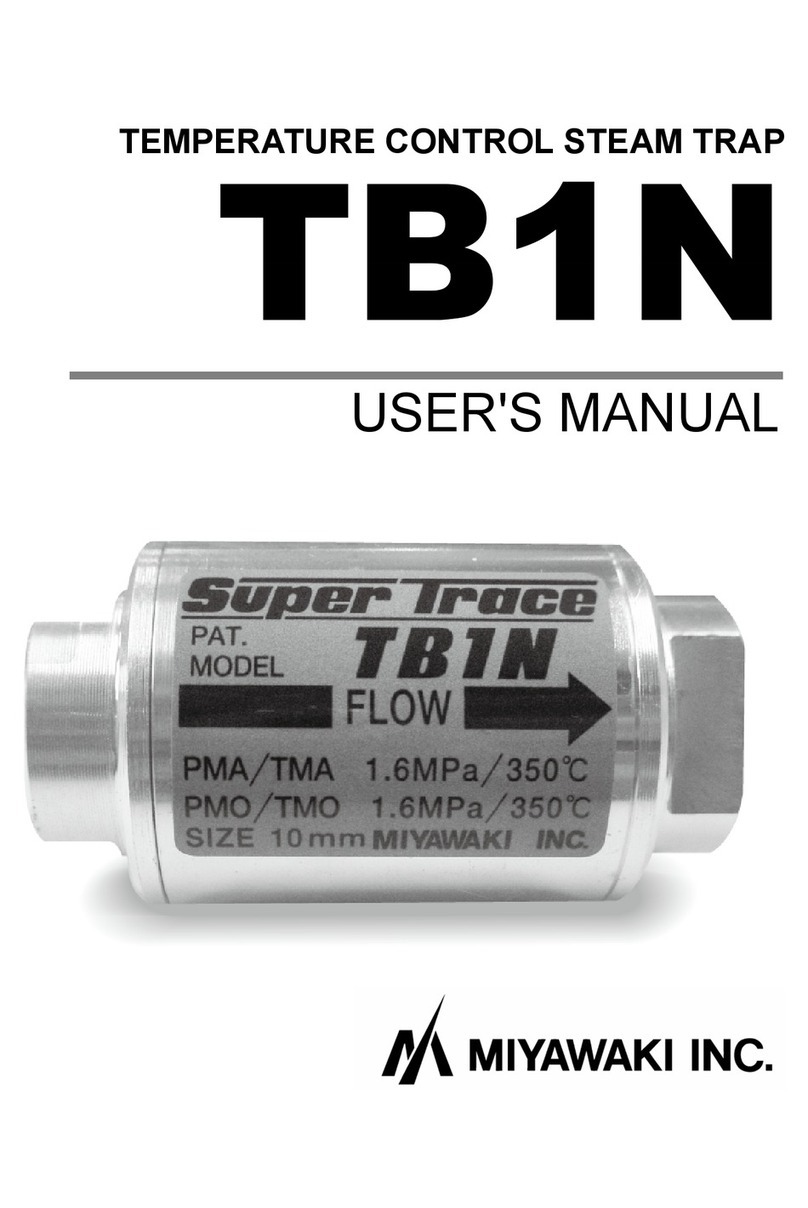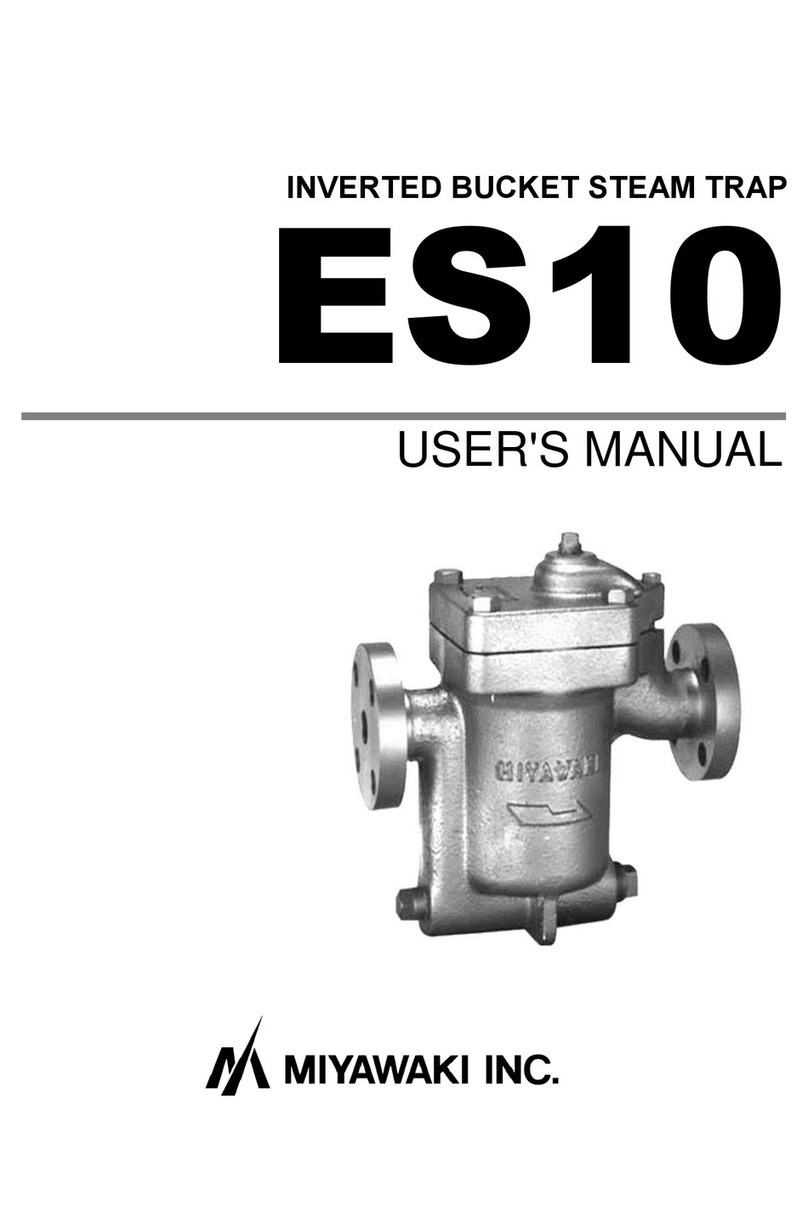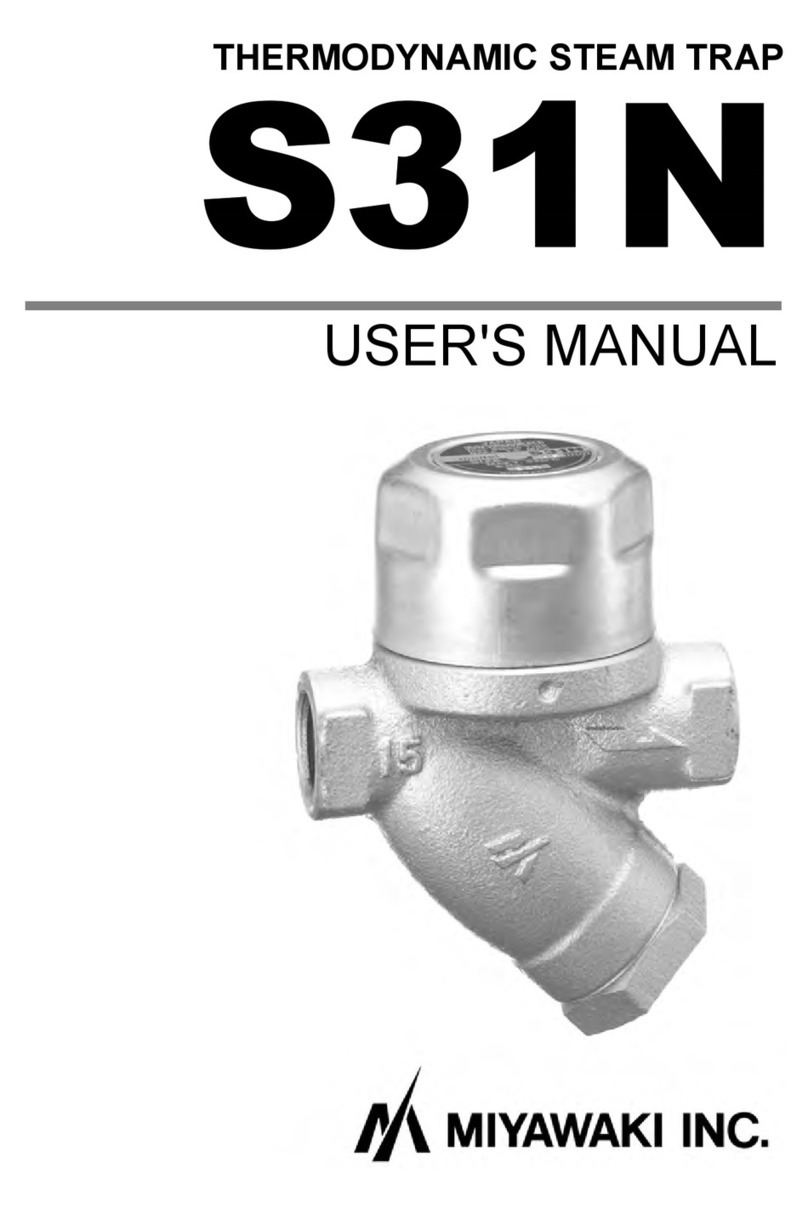
5.2 Repairs
When a trap fails, it is necessary to clean the internal parts and to replace damaged parts.
Take the failed trap apart following the steps below.
5.2.1 Disassembling the trap
1) Remove the cover bolts (20) and remove the cover (2) from the body (1).
2) The internal unit and bucket (9) can be removed while connected to the cover (2). (See
Drawing C)
3) When the pin (15) has been pulled out, the valve (6), valve holder (7), pin (8), bucket
(9), eyebolt (10), eyebolt pin (12), lever (13) can be removed together from the cover
(2). (See Drawing D)
4) Take off the pin (8). The valve (6) and valve holder (7) come apart from the lever (13).
※Basically, there is no need to disassemble as the valve unit can be purchased as a
complete unit. But, if you disassemble the parts, replace the pin (8) with a new one.
5) Remove the capsule (11) from the body (1).
6) Remove the cover gasket (21) and clean the sealing surfaces of the body (1) and
cover (2).
CAUTION
Clean the body and cover with care not to damage the sealing surface. Scratches on
the sealing surface may cause steam leakage.
Take appropriate measures according to “6. Troubleshooting”. After cleaning the trap and
replacing damaged parts, re-assemble the parts in reverse order as follows. Refer to the
torque table for each part.
WARNING
Before removing the trap from the pipe or disassembling it, be sure to close the
isolation valves. Then, release the residual pressure from the trap body (make
sure that the pressure in the main body is equal to the atmospheric pressure).
After it has fully cooled down (after the temperature of the main body has
reached ambient temperature), confirm for safe conditions and then begin to
work.
Even when the isolation valves are closed, there may be residual internal
pressure due to leaks from the isolation valves. Therefore, be very careful.
CAUTION
When replacing parts, make sure the replacement parts are supplied by
MIYAWAKI.
The performance of steam traps deteriorates gradually over time due to wear, corrosion or
dirt accumulating around the valve and the valve seat. Please conduct periodic diagnosis
of traps in order to keep steam control systems and equipment working well.
5.1 Tools for Diagnosing Steam Traps
Dr. Trap
Dr. Trap is a sophisticated steam trap management system for diagnosing steam traps
automatically by measuring the vibration and temperature of the steam trap. Survey
results are stored in the testing equipment and transferred to a steam trap analysis
software. The software aggregates and analyses steam trap survey data, identifying
faulty steam traps, providing steam loss and financial loss data, estimating CO2
emissions corresponding to leaking steam traps and providing many other analyze
possibilities to manage the steam trap population easily.
Dr. Trap Jr.
Dr. Trap Jr. is an inexpensive and easily to handle steam trap diagnostic system
consisting of an ultrasonic checker, temperature probe and a sophisticated analysis
software. The software allows to determine the condition of a steam trap, to estimate
steam and financial losses and the related CO2 emissions.
For more details, please, check our homepage:
https://www.miyawaki.net/en/products/steam-trap-management-system
or ask our local representative.
